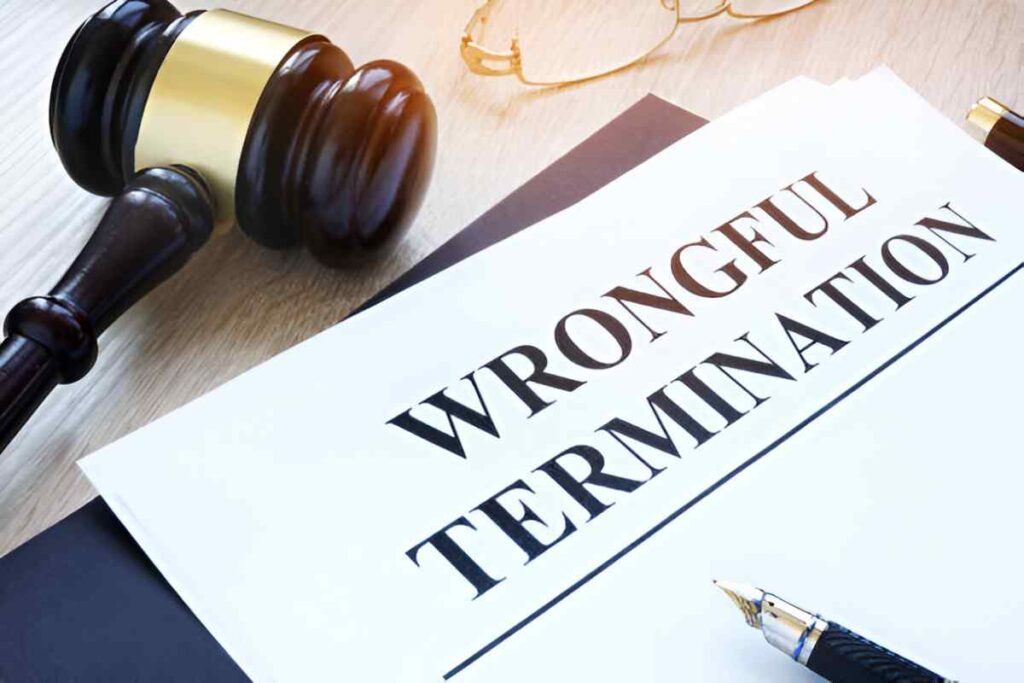As someone who has spent years in finance and accounting, I’ve seen how misfeasance can disrupt businesses, erode trust, and lead to significant legal consequences. In this article, I’ll break down what misfeasance means, how it differs from similar concepts like malfeasance and nonfeasance, and why it matters in both corporate and public sectors. I’ll provide real-world examples, discuss legal and financial implications, and even explore mathematical models that quantify its impact.
Table of Contents
What Is Misfeasance?
Misfeasance occurs when someone legally performs an action but does so incorrectly, negligently, or in a way that causes harm. Unlike malfeasance (intentional wrongdoing) or nonfeasance (failure to act), misfeasance involves a flawed execution of a lawful duty.
Key Characteristics of Misfeasance
- Legal Authority – The person had the right to perform the action.
- Improper Execution – The action was carried out negligently or incompetently.
- Resulting Harm – The flawed execution caused damage.
Misfeasance vs. Malfeasance vs. Nonfeasance
To better understand misfeasance, let’s compare it to related terms:
| Concept | Definition | Example |
|---|---|---|
| Misfeasance | Improper execution of a lawful act | A CFO misapplying accounting standards |
| Malfeasance | Intentional illegal act | Embezzling company funds |
| Nonfeasance | Failure to act when there’s a duty to do so | A director ignoring fiduciary responsibilities |
Real-World Examples of Misfeasance
Example 1: Financial Reporting Errors
Suppose a company’s accountant incorrectly classifies a short-term liability as long-term due to negligence. This misfeasance distorts financial ratios, misleading investors. The impact can be quantified using the debt-to-equity ratio:
\text{Debt-to-Equity Ratio} = \frac{\text{Total Liabilities}}{\text{Shareholders' Equity}}If liabilities are understated, the ratio becomes artificially low, masking financial risk.
Example 2: Public Sector Misfeasance
A city official awards a contract to a construction firm without proper due diligence, leading to cost overruns. The financial loss can be modeled as:
\text{Loss} = \text{Actual Cost} - \text{Budgeted Cost}Legal and Financial Implications
Misfeasance can lead to:
- Civil lawsuits (e.g., shareholders suing for damages)
- Regulatory penalties (SEC fines for misreporting)
- Reputational damage (loss of investor confidence)
Quantifying Damages
In legal cases, damages from misfeasance are often calculated using discounted cash flow (DCF) models:
\text{DCF} = \sum_{t=1}^{n} \frac{CF_t}{(1 + r)^t}Where:
- CF_t = cash flow in year t
- r = discount rate
If misfeasance causes a company’s stock to drop, shareholders may claim the difference in market value.
Preventing Misfeasance in Organizations
Best Practices
- Strong Internal Controls – Segregation of duties, audits.
- Training Programs – Ensuring employees understand compliance.
- Whistleblower Protections – Encouraging reporting of negligence.
Conclusion
Misfeasance may not involve criminal intent, but its consequences can be severe. Whether in corporate finance or public administration, understanding and mitigating misfeasance is crucial for maintaining trust and legal compliance. By recognizing its signs, implementing safeguards, and quantifying its impact, organizations can reduce risks and uphold accountability.





